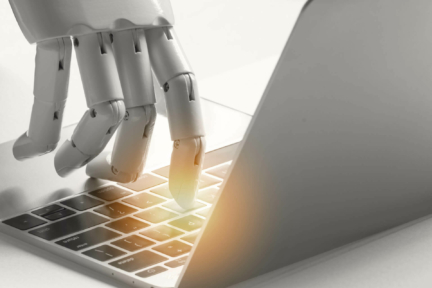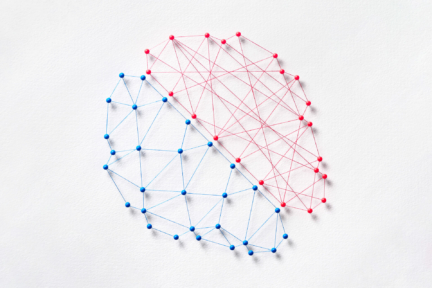- Home
- AI Glossary
- AI Overfitting Definition


AI Overfitting Definition
AI Overfitting Definition
What is Overfitting in AI?
Overfitting in AI is a common challenge in machine learning services, where a model trained on a specific dataset becomes too tailored to that data and fails to generalise to new, unseen data. AI overfitting occurs when an AI model captures the noise and specific peculiarities in the training data rather than just the underlying patterns it’s supposed to learn. This phenomenon is akin to a student who excels in practice exams but struggles with different questions in the actual test.
AI Overfitting Reasons
The reasons for overfitting are varied. AI overfitting can happen due to a training dataset that’s too small, failing to represent the diversity of real-world data. Sometimes, the dataset is noisy, containing irrelevant information that the model mistakenly learns as significant. AI overfitting can also occur if the model is overly complex relative to the simplicity of the data or if it’s trained for too long on a particular set of data, leading it to pick up on and learn from the noise in the data.
Preventing AI Overfitting
Preventing AI overfitting requires strategies like diversifying the training data, early stopping of training before the model learns the noise in the data, pruning irrelevant features, and regularisation techniques that help the model focus on important features. Ensembling methods, which combine predictions from multiple models, and data augmentation, which slightly varies the training data, are also effective in reducing the risk of AI overfitting.
Ready to discover more terms?





